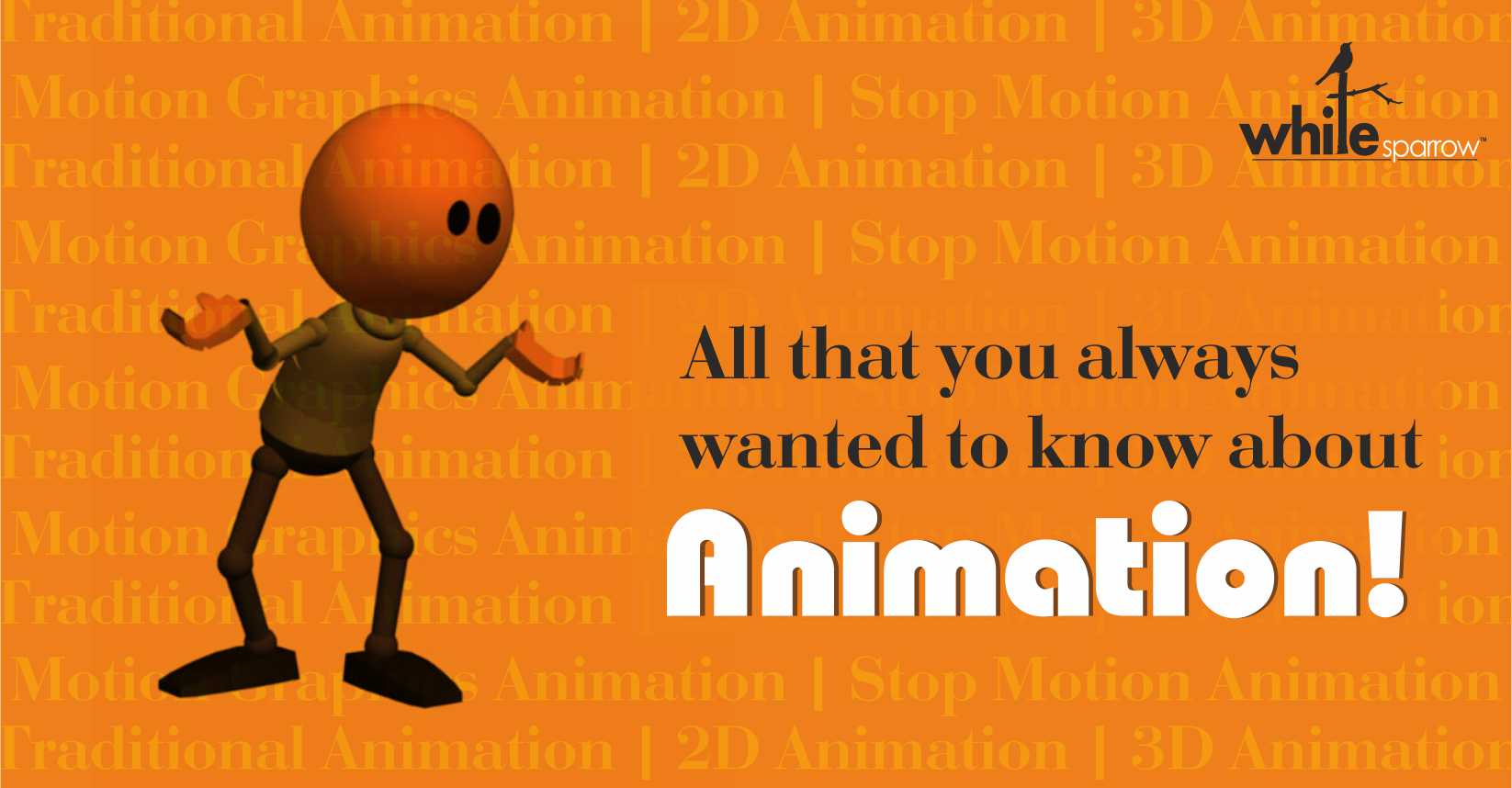Animation July 25, 2017
Animation 101: What are the different types of Animation?

Whether it is movies, cartoons, short films or ads, we love watching animated characters on screen. Animation creates an entirely different world for its viewers. But do you know the amount of work that goes into creating these animation films?
Animation has been around for a long time. Mickey Mouse, Donald Duck, Tom & Jerry and many of our favorite cartoons are animated. To become an animator, you have to possess a basic understanding of how body parts work in a given space. For those who are entirely new to the field of animation, the process involves creating some sort of movement by showing a series of pictures in quick succession to give the illusion of movement.
For the uninitiated, here are the most well-known styles of animation and what they involve.
Traditional Animation
Traditional animation is a long process. Each frame is painstakingly drawn. Whether the frame showcases the movement of a finger or a change in facial expression, each movement has a set of frames.This tedious process is used in old- school animated movies. Re-watch an old Disney favorite to see how accurately each frame was drawn for the end product to look this great.
2D Animation—Vector Based
The vector-based 2D animation is similar to traditional animation. However, this style of animation is created using computer programs such as Flash. Animators using this process have the option of not drawing each frame individually. They can instead opt to move only a body part or object in the frame to show movement.
3D Animation—Computer Based
Have you ever been wowed by the on-screen graphics in a movie? That is 3D animation.3D animation requires a unique set of technical skills. This technique is essentially like showing the movement of a puppet on screen, rather than showing movement through frames.
Motion Graphics Animation
This animation method is different from the entire lot since it involves moving around graphical elements. Animated logos, film titles, ad commercials and educational videos employ this method. More often than not, motion graphics involves using pieces of text to create an animation.
Stop Motion Animation
If you are someone who possesses an infinite amount of patience, stop motion animation is just the thing for you. Falling under this category is Claymation, Lego figure animation, Cut-outs, and Pixelation. Stop motion requires photographing an object in a sequence of pictures. Even the slightest movement gets its own shot. To ensure that there is fluidity in the animation and no hard breaks, the animator has to ensure that each movement is captured in a proper order.
The history of animation is quite fascinating. What started as a hand-drawn process has slowly evolved into one that is done entirely on a computer. Technological advances have opened up new frontiers in the field of animation. However, each technique has remained unique in its own way. So now that you know what it entails to animate an object, are you ready to be an animator?






